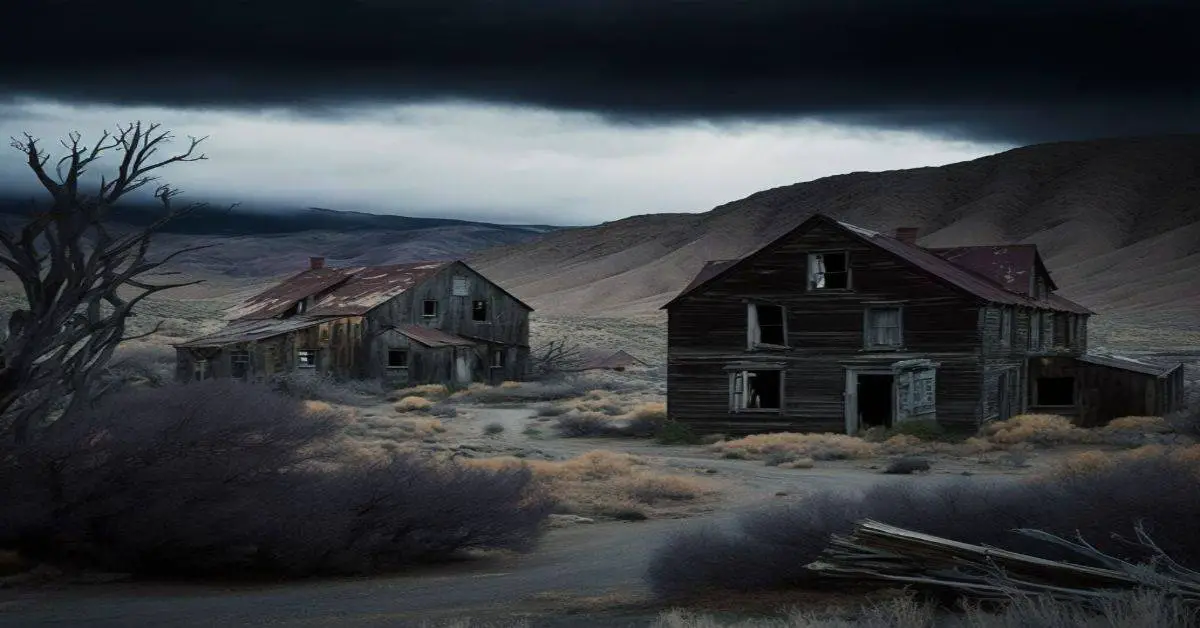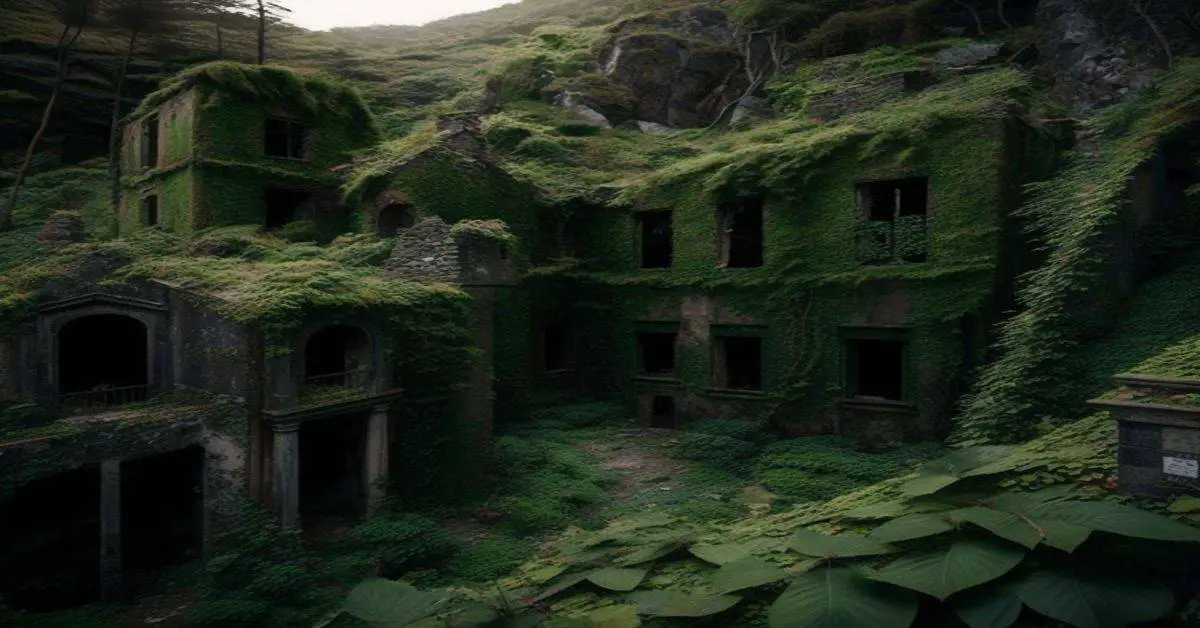Nestled in the foothills of Wheelbarrow Peak in Nye County, Nevada, Indian Springs is a testament to Nevada’s mining towns’ brief but intriguing history. With a population of no more than 15 during the early 1900s, Indian Springs was active for only a few years before it was completely abandoned in 1910.
Despite its short-lived existence, Indian Springs remains a fascinating destination for those interested in the history of Nevada’s mining towns. The remains of Indian Springs are not much, and the area is off-limits today, making it a true ghost town. Nevertheless, its history and the mysteries surrounding its abandonment continue to captivate visitors and historians alike.
In this article, we will delve into the brief and mysterious history of Indian Springs, exploring its location, history, abandonment, and remains, and providing information for those interested in visiting this unique and enigmatic destination.
Key Takeaways
- Indian Springs was a ghost town located in Nye County, Nevada that was active for only a few years before it was abandoned in 1910.
- The town’s population had never exceeded 15 by the early 1900s, and its downfall was ultimately due to declining ore values.
- Today, not much remains of Indian Springs, but visitors can still see the remnants of stone cabins and other structures that were once a part of the town and interesting artifacts uncovered by archaeological discoveries.
- A visit to Indian Springs is a glimpse into the history of Nevada’s mining towns, and evokes a sense of mystery and intrigue, making it a unique destination for those interested in the history of the mining industry.
Location and History
The ghost town of Indian Springs was once located at the base of Wheelbarrow Peak in Nye County, Nevada. This short-lived town had a geographical significance as it was situated in an area known for its mineral deposits.
The first settlers arrived in Indian Springs in 1865, and by 1868 the population had grown to 10. However, by the early 1900s, the town’s population had never exceeded 15, and it was completely abandoned in 1910 due to declining ore values.
Indian Springs had a cultural impact on the surrounding communities during its time of existence. The residents lived in tents and stone cabins and had to endure the area’s hot summers and cool winters. The town’s small population made it difficult to sustain any significant economy, and the declining ore values ultimately led to its downfall.
Today, not much remains of Indian Springs, and the area is off-limits to visitors. However, the ghost town still holds historical significance for those interested in the mining industry and the history of Nevada.
Abandonment and Remains
Abandonment of the settlement occurred in 1910 due to the declining value of ore, leaving behind only a few remnants of tents and stone cabins.
Today, Indian Springs is a deserted and off-limits area, but the ruins of the once-thriving town still attract the interest of those fascinated by history and archaeology.
Exploring the ruins of Indian Springs offers a glimpse into the past, as the few remaining structures are a testament to the ingenuity and resourcefulness of the settlers who once called this place home.
Archaeological discoveries have uncovered interesting artifacts, including old bottles, rusted tools, and fragments of household items.
Despite the limited remains, the site evokes a sense of mystery and intrigue, providing a unique opportunity to experience the remnants of a bygone era.
“Indian Springs Valley (Basin 161) is one of the Central Nevada Desert Basins in the Clark County portion of the Nevada Test and Training Range and includes Creech Air Force Base and the communities of Cactus Springs and Indian Springs, Nevada.”
https://en.wikipedia.org/wiki/Indian_Springs_Valley_(Nevada)
Visiting Information
To access the area, visitors can take a two-wheel drive vehicle to the base of Wheelbarrow Peak in Nye County, where they can explore the remains of the former settlement. While there is not much left of Indian Springs, visitors can still see the remnants of stone cabins and other structures that were once a part of the town.
The area is off-limits today, but visitors can still enjoy the scenic beauty of the surrounding landscape, with the Wheelbarrow Peak providing a picturesque backdrop.
For those interested in exploring more of the area, nearby attractions are worth visiting. One such attraction is the Spring Mountains National Recreation Area, which offers a range of outdoor activities, including camping, hiking, and rock climbing.
Visitors can also explore the nearby town of Las Vegas, which is about an hour’s drive away and offers a wide range of attractions, including casinos, shopping, and dining.
Overall, a visit to Indian Springs provides a glimpse into the history of Nevada and the struggles of the early settlers who tried to make a living in this rugged and unforgiving landscape.
Frequently Asked Questions
What was the cultural makeup of Indian Springs during its brief existence?
There is no information available on the cultural makeup of Indian Springs during its brief existence. However, given the small population size, it is unlikely that there was significant cultural diversity and social dynamics in the town.
Were there any notable events or conflicts that occurred in Indian Springs?
Key conflicts or notable incidents did not occur in Indian Springs during its existence. Therefore, the town’s historical significance and lasting effects are limited to its mining activities, decline in ore values, and eventual abandonment in 1910.
How did the decline of ore values affect the local economy and community?
With the decline of ore values, the local economy and community in Indian Springs suffered an economic impact. The mining industry, which was the primary source of income, was no longer profitable, leading to the town’s abandonment.
Are there any unique or unusual features of Indian Springs that distinguish it from other ghost towns?
Abandoned structures and local legends distinguish Indian Springs from other ghost towns. While not much remains, legends of buried treasure and mysterious deaths add to its intrigue.
Have there been any attempts to revitalize or preserve Indian Springs in recent years?
Preserving efforts for Indian Springs have been limited due to the lack of community involvement. Despite being abandoned in 1910, no significant attempts have been made to revitalize or preserve the remains of the short-lived ghost town.


